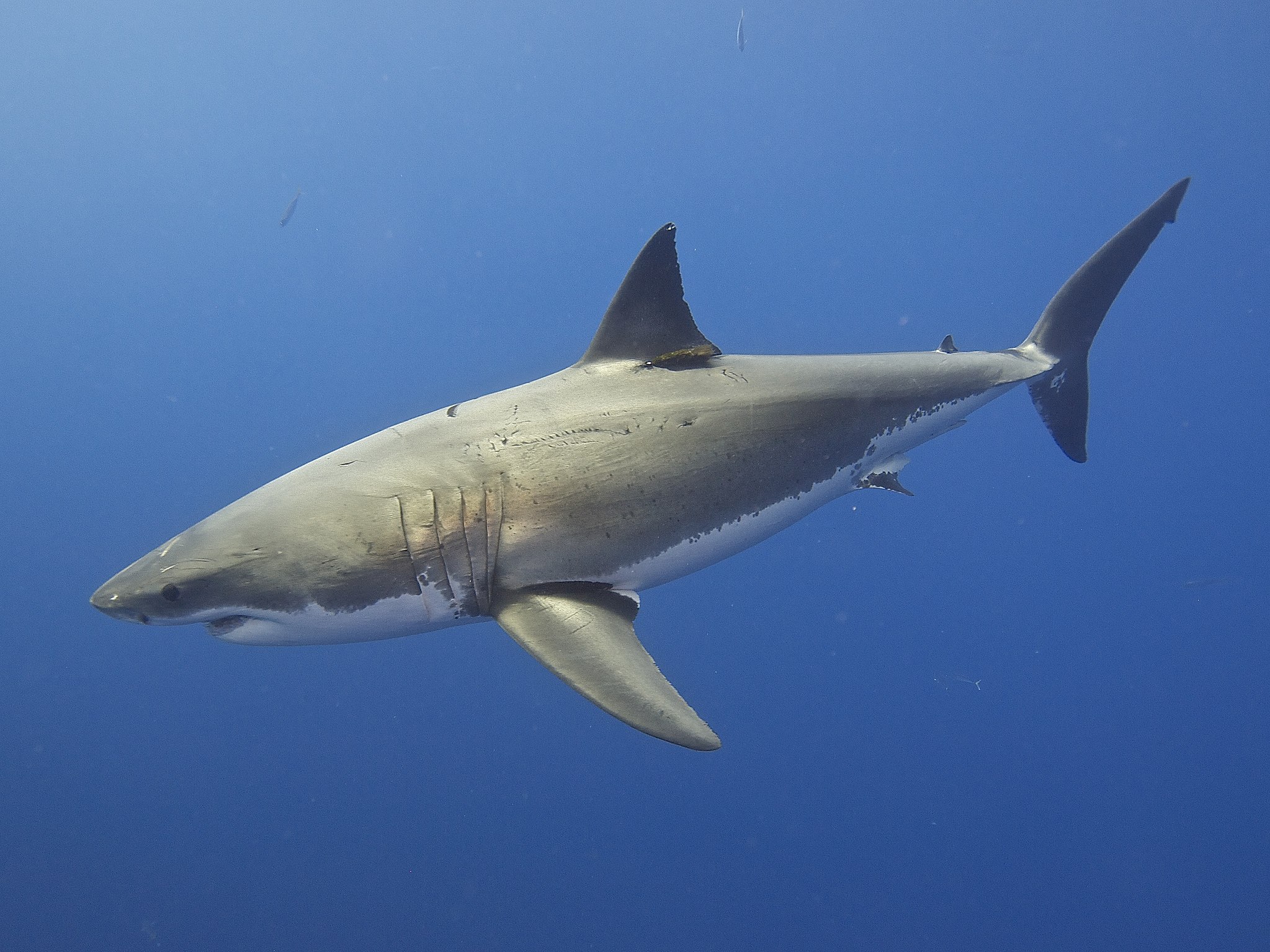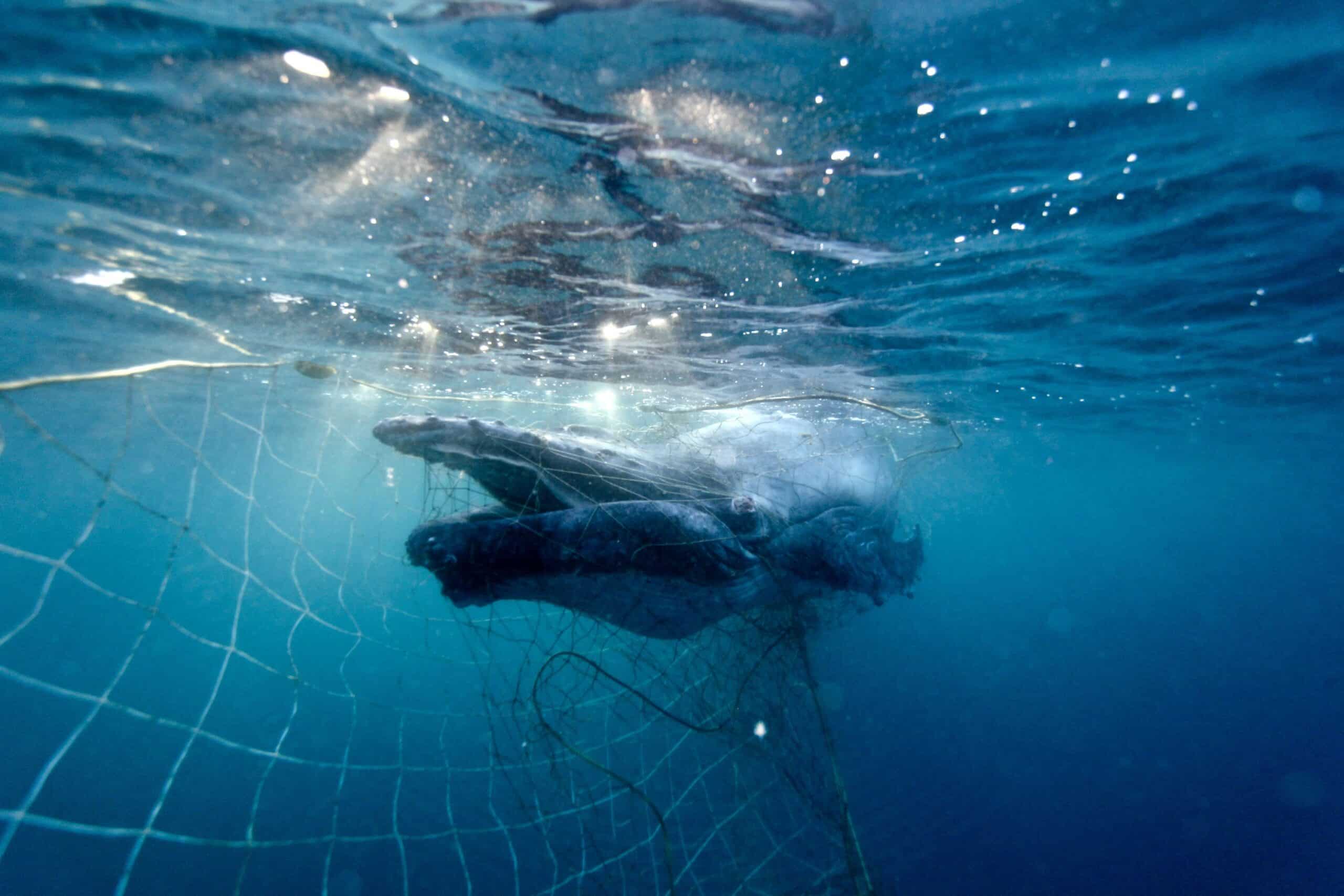Research shows that Australia’s great white sharks are highly related to each other and may consist of fewer than 500 breeding animals. SYDNEY, 24 June 2025: Latest research has found Australia’s great white shark population is much smaller than expected, increasing their vulnerability to further population threats. The population...
Think about the last seafood you ate – maybe sushi for lunch, some fish and chips…What are you planning to serve at Christmas? Do you know if it was wild-caught or farmed? Where it was from? Do you know what species it was?
If you can’t answer these questions, don’t worry, it’s not your fault. Much of this information usually isn’t available. So often we don’t know where our seafood comes from and it’s becoming more and more important to find out. Many fish populations are in serious trouble due to unsustainable fishing practices. According to the UN Food and Agriculture Organization, as of 2013, 60% of fish stocks were fully fished (no room for growth), and 30% were overfished. These numbers have not improved in the last six years.
The amount of seafood harvested globally has been at a stable level since the 1980s (FAO 2013) and this stability has led some to presume sustainability. Nothing could be further from the truth. During this time, fishing fleets have grown to cover even the most remote seas, new technologies have allowed us to fish at greater depths, and we have targeted new species when others have become depleted. These factors have given us the impression that fisheries have been sustainable when in actuality, our fisheries are in a crisis (Pauly et al 2002, Worm et al 2009).
This crisis has received much attention from the scientific community resulting in studies with disturbing conclusions. Legendary fisheries biologist Boris Worm found that large predatory fish (tuna, sharks, swordfish, marlin, etc.) are now reduced to 10% of their original levels by fishing (Myers and Worm 2003). Most alarming is the prediction he made in 2006 that if current harvest trends continue, all fish stocks will collapse by 2048.
Clearly, something needs to be done. Fortunately, improved fisheries science and management hold much promise for restoring marine fisheries and ecosystems (Worm et al 2009). The many groups and stakeholders involved in fisheries can help our crisis, but perhaps the most important role is that of the consumer.
If you are a seafood consumer, you would probably prefer to eat from well-managed fisheries, with catch limits and sustainable fishing practices, or responsible aquaculture operations. So it’s very important to educate ourselves to be able to discern those seafood items good for us and the environment, and those that we should take a pass on. In addition, remember those questions at the beginning of the article? It is important that we ask these questions at our restaurants and local seafood markets. It’s up to us as the consumer to demand that seafood suppliers provide this information so we can make smart, informed decisions.
But until that information is made available, how do we know what’s sustainable and what isn’t? Well, that’s where handy technology comes in. There a few organisations that rigorously research sources of seafood (both wild-caught and agriculture) and grade them based on their environmental impact. In Australia, we have our friends at the Australian Marine Conservation Society (AMCS) to thank with a Sustainable Seafood guide. This makes it super easy to pop in the name of whatever you see at the shops or the restaurant, from farmed abalone to yellowfin tuna, and see if that delicious bite comes from a healthy source.
Can aquaculture help? This is actually a more difficult question to answer than one may think. While it’s true that farmed fish take some of the pressure off wild populations, aquaculture can be a major harm to the environment if not performed responsibly. Some open ocean farms create dead-zones of nutrients and waste, and some use wild-caught fish as feed (it takes 8lbs of anchovy to create 1 lb of salmon!). But again, it falls to the consumer to dictate which aquaculture operations will find success.
We can all do our part to help out the oceans, and we believe that making smart seafood choices is a great way to start. But of course, the most sustainable seafood choice we can make is avoiding it completely. Reducing our consumption of fish and meat is good for our health and the health of the planet and for those wanting to do more there are some great options for having a vegan Christmas—keep an eye out for our recipe suggestions on our Facebook page!
A marine ecologist specialising in conservation, research and outreach, Lawrence has spent years working with wildlife, the ocean and the public to engender sustainable relationships between them. He has worked as a field biologist, environmental consultant, naturalist and project coordinator with a BA from the University of San Diego, and an MSc from James Cook University. Lawrence’s work at HSI is currently focused on shark welfare and protection, specifically in regards to culling and control programs, overexploitation, and international protection.
References
Pauly, D., Christensen, V., Guenette, S., Pitcher, T.J., Sumaila, U.R., Walters, C.J., Watson, R., Zeller, D. (2002) Towards sustainability in world fisheries. Nature 418, 689-695
Worm, B., Hilborn, R., Baum, J.K., Branch, T.A., Collie, J.S., Costello, C., Fogarty, M.J., Fulton, E.A., Hutchings, J.A., Jennings, S., Jensen, O.P., Lotze, H.K., Mace, P.M., McClanahan, T.R., Minto, C., Palumbi, S.R., Parma, A.M., Ricard, D., Rosenberg, A.A., Watson, R., Zeller, D. (2009) Rebuilding Global Fisheries, Science 325, 5940, 578-585
Myers, R.A., Worm, B. (2003) Rapid worldwide depletion of predatory fish communities. Nature 423, 280-283.


